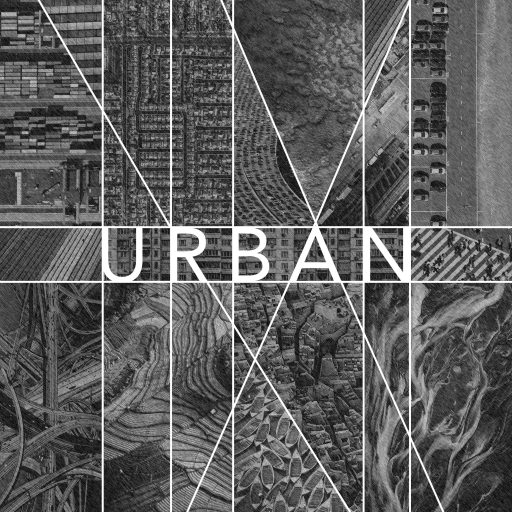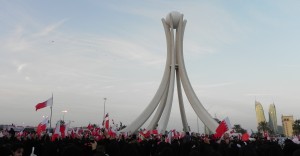Space is both devoid and charged with meaning. Elements of the built environment suggest uses, and cultural norms protect their sanctity. In our society, a sidewalk connotes pedestrians, a roadway cars, and a dog run dogs.
While these spaces have clearly defined purposes, they are not immanent or immutable.
The revolutionary uprisings that have engulfed the Middle East and North African region demonstrate their malleability. Tahrir Square in Cairo is the most prominent example of how a space, once the crown jewel of Egyptian tourism and public life, was quickly converted into a site that fomented the ouster of the country’s ruler, Hosni Mubarak.
Cyberspace, specifically Facebook and Twitter, may have received the credit for catalyzing these revolutions, but public spaces have been the true battlegrounds. While one might convincingly argue that these revolutionary spaces resulted from calls to demonstrate from cyberspace, without a physical place to assemble, it’s impossible for people to unite and attempt to depose their rulers.
The example of Bahrain stands out from the other uprisings because it has no Tahrir squares. According to media reports, Manama, the capital city, lacks public spaces altogether.
Without space to assemble, Bahrainis were barred from protesting their government. Undeterred, Bahrainis took their fight to the streets: they transformed a mundane piece of road infrastructure into a site suitable for revolution.
The Bahrainis decision to redefine the purpose of Pearl Roundabout and Monument was a stroke of genius that revealed how easily space could be reprogrammed, redefined, and reinterpreted. By removing drivers from the roadway, the roundabout was no longer recognizable as a place for cars. Protesters turned it into a stage for protest.
In response to this recasting of Pearl Roundabout and Monument, the government bulldozed it and forcibly removed protestors and the tent city that sustained the
demonstrations. To further clamp down on the opposition’s ability to gather and draw more attention to their cause, the government introduced restrictive curfews, bans on public assembly, and solicited the heavy hand of a regional military.
No one knows how these revolutions in the Middle East and North Africa region will unfold and alter the course of the future. We do know, however, that people can still exert pressure on their governments from public spaces. In the case of Bahrain, we continue to witness how quickly space can be reprogrammed, redefined, and reanimated by new users.
Such is the power of urban space. If a mundane piece of infrastructure can launch and sustain a revolution, any sidewalk or street contains the seeds for the next one.
By Eric Goldwyn


Leave a Reply